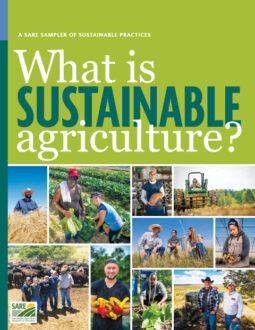It’s difficult to overstate the importance of soil health to the sustainability of any farm or ranch. Healthy soil is the foundation of a healthy crop or forage, and it is critical to the effective management of nutrients and water. Cover crops, conservation tillage, crop rotation, compost and pasture management are some of the key ways farmers and ranchers improve the health of their soil.
Cover Crops and Soil Health
Episode two of SARE’s “What is Sustainable Agriculture?” video series illustrates how producers can use cover crops to improve productivity and sustainability. “Cover Crops and Soil Health” outlines how cover crops can build soil structure, protect water quality, suppress pests and improve a farm’s bottom line.
Conservation Tillage and Soil Health
Episode 3 of SARE’s “What is Sustainable Agriculture?” video series provides an animated outline of the basic principles of conservation tillage.
Sampler of Soil Health Projects
Restoring Degraded Pastures with Bale Grazing
SARE projects FNC22-1326, FNC20-1218 and FNC18-1123
When siblings Erin and Drew Gaugler took over a ranch in New Leipzig, N.D., they found that years of mismanagement by previous tenants had left the land in poor shape. In particular, their soils had low fertility and were susceptible to wind and water erosion. The Gauglers have since committed to using and refining practices that will rejuvenate their land, such as the use of mixed species cover crops and management intensive grazing. With two SARE Farmer/Rancher grants, they explored the potential of multi-species bale grazing to further improve the health of their soils and pastures. The practice involves putting livestock on pastures in winter months to graze on hay bales. This puts more manure and feed residue directly onto the soil. They found it to be an effective way to increase nutrient capture and cycling, and to reduce both labor and input costs. The incorporation of sheep improves forage utilization.
Using Tests to See and Appreciate the Value of Soil Organic Matter
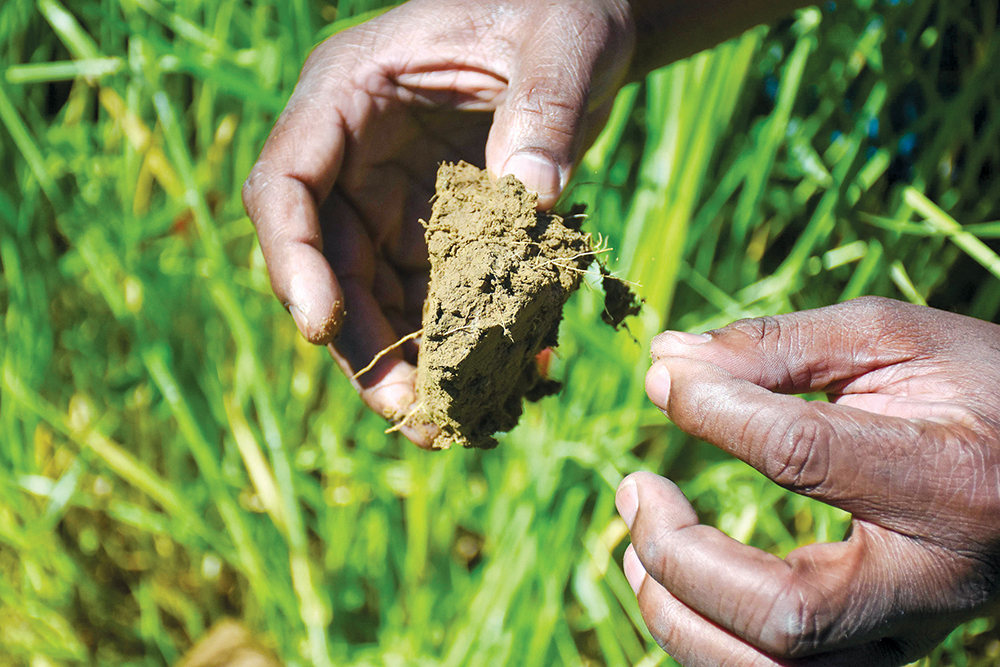
SARE project ONE20-376
Practices that increase the amount of organic matter in the soil yield many benefits, and one that’s being talked about more is the potential to sequester carbon. However, for farmers to fully appreciate the value of organic matter in general—and its potential role in sequestering carbon in particular—they need access to soil tests that can connect organic matter to improved crop production and carbon capture. This is why Leah Penniman of Soul Fire Farm in Petersburg, N.Y., worked with a group of five other farms to evaluate a variety of soil tests and determine which ones were most accessible and reliable at measuring organic matter improvement. The effort, funded by a SARE Farmer/Rancher grant, focused on engaging farmers of color and Spanish-speaking farmers. The participants already used soil-building practices such as no-till, silvopasture and perennial polyculture, but for the most part they lacked methods for assessing their impact on soil carbon. Through their efforts, 61 area farmers reported improved knowledge and skills related to soil testing.
Bringing Legume Cover Crops to West Texas
SARE projects OS20-138 and OS19-131
Cover crops represent one of the best ways to improve and maintain soil health, but they aren’t widely used in places such as west Texas because farmers don’t know how to successfully add them to a rotation when the climate is very hot and dry. Texas A&M Agronomist Reagan Noland is trying to change this by evaluating the performance of different cover crop species under different kinds of management. Supported by two SARE On-Farm Research grants, Noland is collaborating with local farmers to study warm- and cool-season legumes in no-till cotton and grain systems, in particular to assess both their forage quality and impact on the following crop. With this research ongoing, the team is learning that legumes can be added to cotton and small grain rotations, but there’s no one-size-fits-all answer to which legume will work best for individual farmers. “With continued development and producer engagement, these concepts do have the potential to sustainably diversify and strengthen local economies and agricultural communities,” Noland says.
Creating a Farmer-to-Farmer Soil Health Network
SARE project FW19-341
Many farmers in the Front Range region of Colorado appreciate the importance of soil health, yet they struggle to adopt soil health practices. A short growing season, poor soils, high weed pressure and a lack of late-season water all make it difficult to use reduced tillage and cover crops, even though these practices can in turn help with difficult growing conditions. Now, farmers are helping each other make soil health a priority through the Citizen Science Soil Health Project, a 10-year research and networking collaboration among 50 area farmers. Supported by two SARE Farmer/Rancher grants, the network provides its members with one Haney soil test annually and one phospholipid fatty acid (PLFA) test biennially. While their individual test data is kept confidential, the group uses annual questionnaires, meetings and classes to provide network members the opportunity to encourage one another and share information about their experiences with soil-building practices.
Cover Crop Resources
Information for farmers, ranchers, educators and researchers who are seeking to use cover crops to improve soil health and farm management.
Stories from the Field
Here are some of the ways SARE grantees are improving farm and ranch sustainability with cover crops.
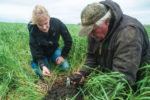
North Dakota Farmers Pursue Soil Stewardship Through Cover Crops
"We are building a soil health network of farmers, scientists, consultants, state organizations, industry and Extension." Abbey Wick, North Dakota State University THE CHALLENGE The practice of planting a cover crop holds many opportunities for farmers. Cover crops can build soil health, curb erosion, control weeds, improve water and nutrient management, and increase the bottom […]

Cover Crop Innovators Video Series
Short videos of innovative farmers improving production and conserving soil with cover crops.
Resources and Learning
Browse all of SARE's resources on cover crops. Examples include:
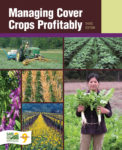
Managing Cover Crops Profitably, 3rd Edition
Managing Cover Crops Profitably explores how and why cover crops work and provides all the information needed to build cover crops into any farming operation.
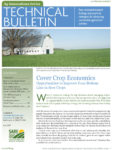
Cover Crop Economics
Cover crops can build soil health, control weeds, conserve moisture, provide grazing opportunities and more. But when do they start to pay for themselves? This analysis looks at the economics behind different management scenarios to determine if cover crops are likely to improve profitability in one, three or five years of use in corn and soybean rotations.
Cover Crop Adoption by the Numbers
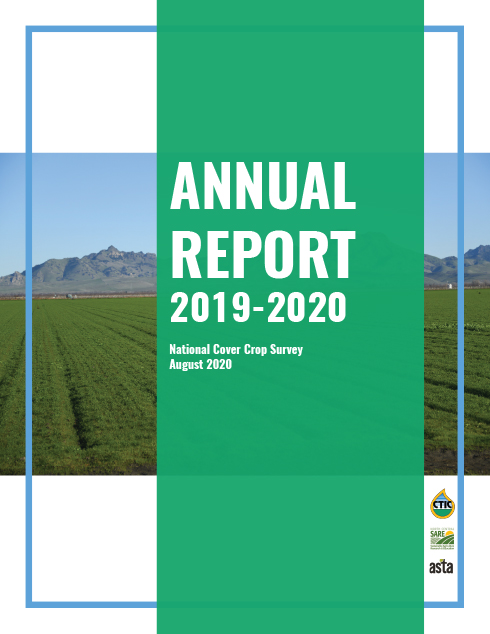
The National Cover Crop Survey provides unique insights into farmers' experiences with cover crops—what cover crops they plant, how they manage cover crops and what challenges and benefits they've seen.
2019–2020 Survey: report (PDF)
2016–2017 Survey: report (PDF)
2015–2016 Survey: report (PDF)
2014–2015 Survey: report (PDF)
2013–2014 Survey: report (PDF)
2012–2013 Survey: report (PDF)
(This survey was not conducted in 2018-2019.)
Conservation Tillage Resources
Information for farmers, ranchers, educators and researchers who are seeking to implement conservation tillage systems.
Stories from the Field
Here are some of the ways SARE grantees are improving farm and ranch sustainability with conservation tillage.
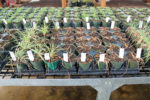
Equipping Farmers with Tools to Manage Herbicide-Resistant Weeds
"Montana State University Extension agents and crop consultants mentioned that this was a much-needed educational program for dealing with herbicide resistance." Prashant Jha, Montana State University THE CHALLENGE Herbicide-resistant weeds have emerged in many parts of the country as one of the biggest threats to the sustainability of agriculture. A recent survey revealed that 59% […]
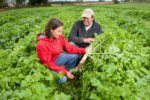
For Vegetable Farmers, a New No-Till Tool in Forage Radish
Vegetable farmers who want the myriad benefits of winter cover crops may be setting themselves up for a hectic spring schedule, when the challenge of planting during a narrow window of good weather becomes more complicated by the need to first terminate that winter crop. To make their lives a little easier, University of Maryland […]
Resources and Learning
Browse all of SARE's resources on conservation tillage. Examples include:
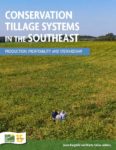
Conservation Tillage Systems in the Southeast
This production manual provides comprehensive guidance on conservation tillage systems for farms in the southeastern United States. It covers the core components of conservation tillage systems and includes both regional considerations and producer experiences.
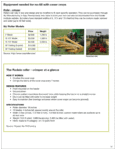
Cover Crops and No-Till Management for Organic Systems
This Rodale Institute fact sheet reviews the use of cover crops and no-till in organic systems, including selection, establishment and mechanical termination of cover crops; crop rotations; and energy and production budgets.
